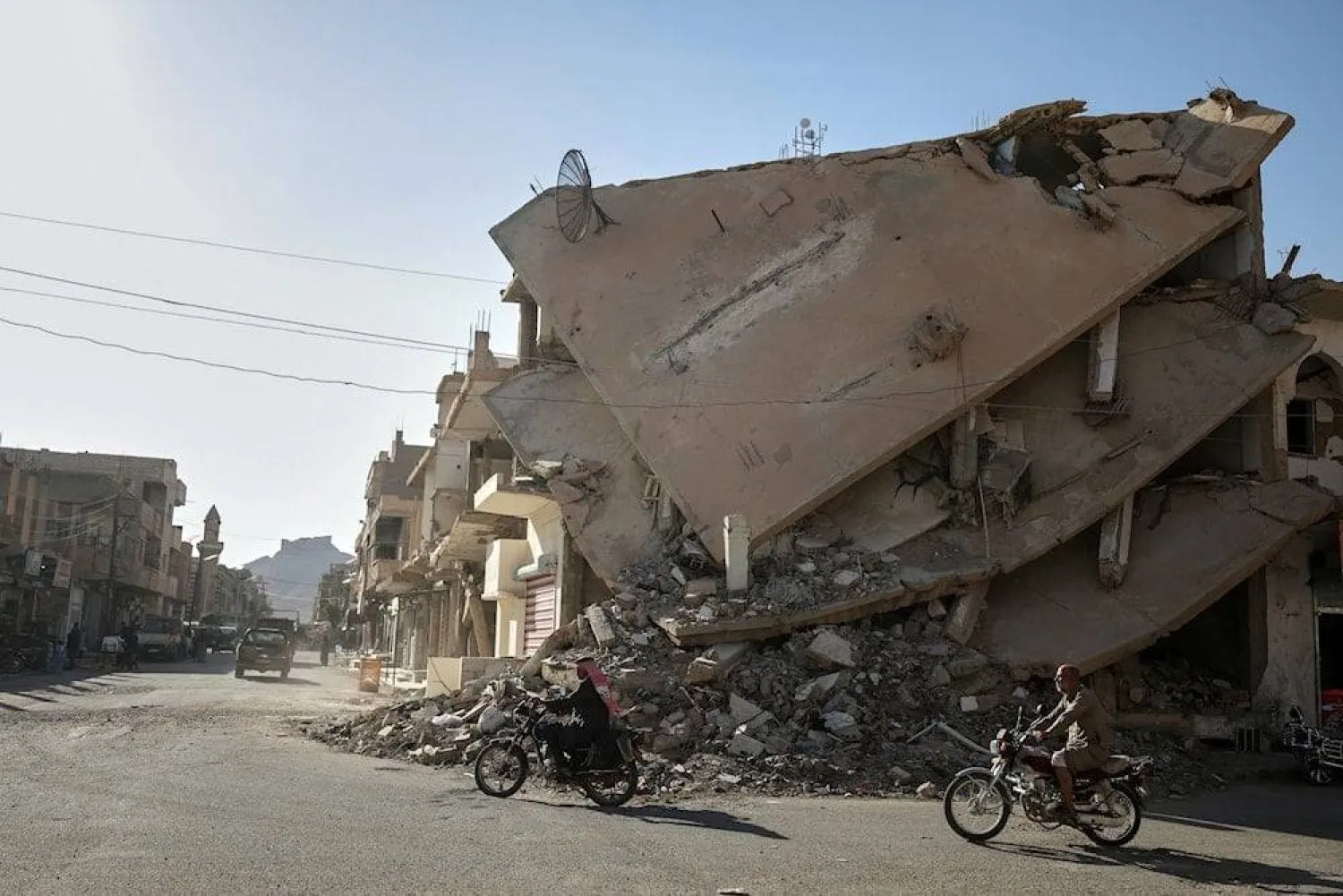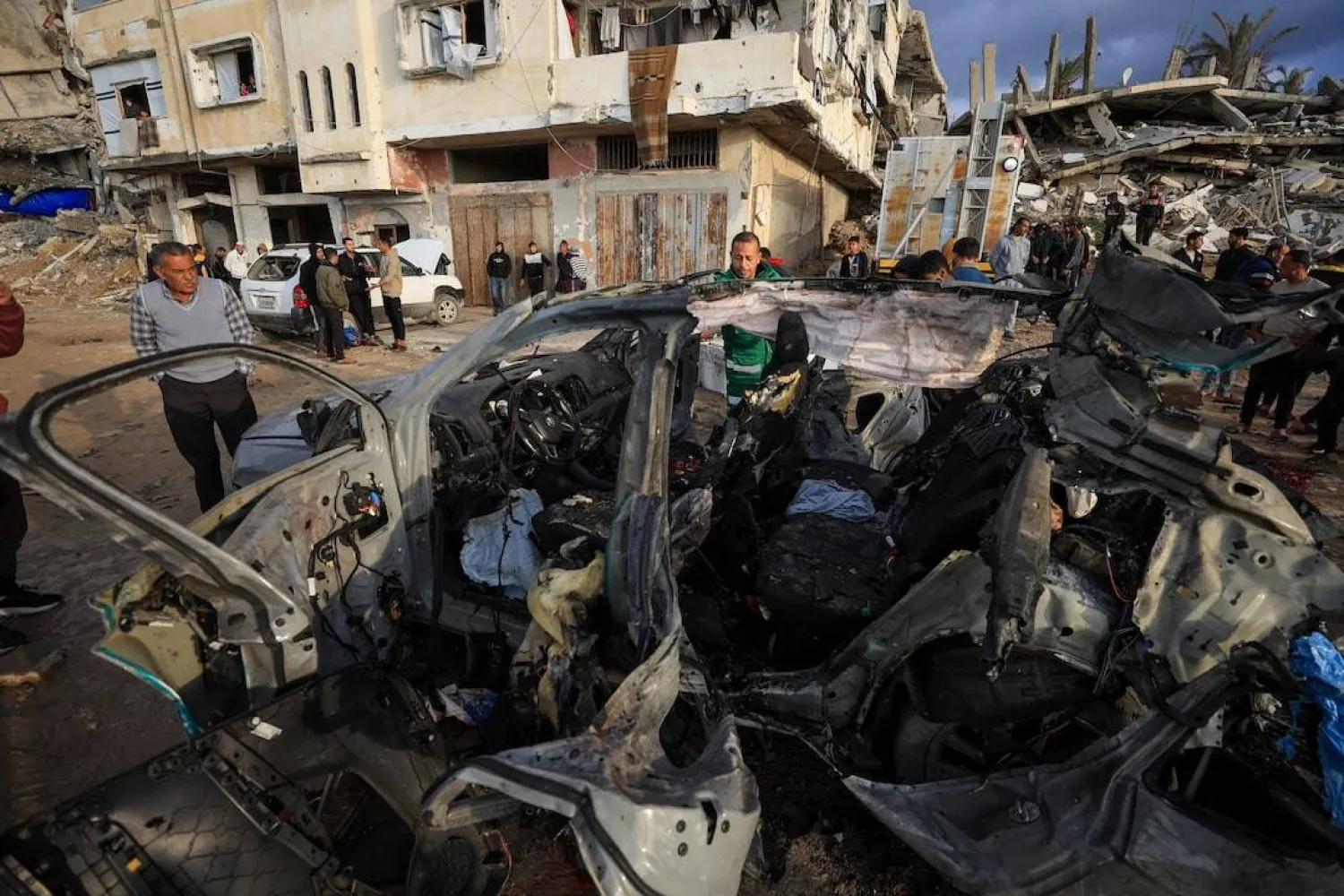The Egyptian government denied reports that navigation in the Suez Canal was halted after a collision between two ships.
The Cabinet’s Media Center contacted the Suez Canal Authority (SCA), which denied the rumors and confirmed regular navigation in the canal.
In a statement, the SCA said it is fully prepared to handle any emergency that may occur in the waterway.
“The authority has emergency pilot crews, maritime rescue units and a dedicated navigation control center that constantly monitors movement in the canal,” it stressed.
Separately, Egyptian and Greek naval forces conducted a joint military training in the northern fleet region in the Mediterranean Sea. Egypt’s frigate Taba and Greece’s warship HS HYDRA F-452 took part in the exercise.
The Egyptian military said the training is part of efforts to reinforce the exchange of expertise with the armed forces of friendly countries. It also helps in achieving the common interests of Cairo and Athens and improves military cooperation between their naval forces.
Egypt is seeking to bolster its maritime capabilities amid rising disputes with Turkey, in light of Ankara’s gas exploration efforts in the disputed Eastern Mediterranean.
Cairo has carried out several military drills in recent months.
In November 2020, it held a drill with French naval forces in the northern fleet region. It also staged a maritime training with Bahrain in the same region.
In December 2020, Egypt, Greece and Cyprus held the “Medusa 10” joint naval and aerial training in the Mediterranean, with the participation of naval, aerial and special forces from France and the United Arab Emirates.









